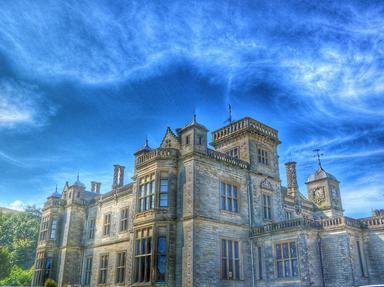17. The only arm of the Argentinian forces which proved its mettle as an effective fighting force was the Fuerza Aérea Sur (or, in English, the Southern Air Force). Who commanded it during the Falklands conflict?
From Quiz Battle for the Falklands II
Answer:
Brigadier-General Ernesto Horacio Crespo
The Southern Air Force was an air arm specifically created for the conflict, and included the Argentine Naval Aviation Command. General Crespo was responsible for the hasty training of the FAS, the majority of whose crews' previous training had been for an anticipated short-range war with Chile. Instead, the British tactic of stationing the carrier fleet 100 miles NE of the Falklands forced them to fight at the extreme limits of their fuel, where aircraft like the Dagger and Mirage 3 were at a huge disadvantage, since they could not spend more than a few minutes in the target area, and any attempt to escape by using their afterburners and superior speed would have meant running out of fuel well before reaching the Argentine mainland. Crespo's pilots showed high levels of professionalism, competence and great courage in pressing home their attacks.
In contrast, the Argentine Navy was largely confined to skulking in port after the sinking of its most powerful capital ship. The land forces, although numerically superior, and deploying some very effective regular soldiers, consisted mainly of ill-equipped, poorly-trained and badly-led very young conscripts.






 Quick Question
Quick Question Top 10% Rated Quiz,
Top 10% Rated Quiz,